How to Get Rid of Chimney Swifts
Do you have a chimney swift problem in or around your property? Unsure of how to get rid of birds in your chimney? Schedule a service with Varment Guard today!
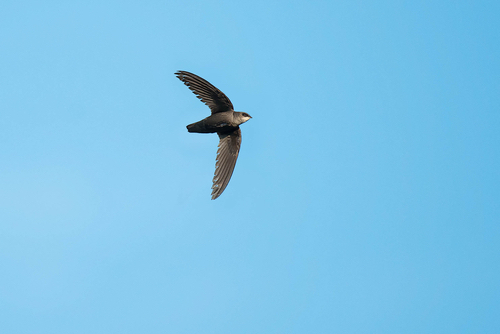
What are Chimney Swift Birds?
Chimney swifts are birds that build their nests inside residential chimney flues, above fireplaces, and on the boiler smoke stacks of industrial-style buildings.
Why are They a Problem?
In large numbers, their nests may reduce the drafting efficiency of a flue while fires are burning. The birds’ raspy “chitter-chatter” that emanate from the fireplace are often annoying and disturbing to homeowners during the 14-18 days that chimney swift chicks are in the nest.
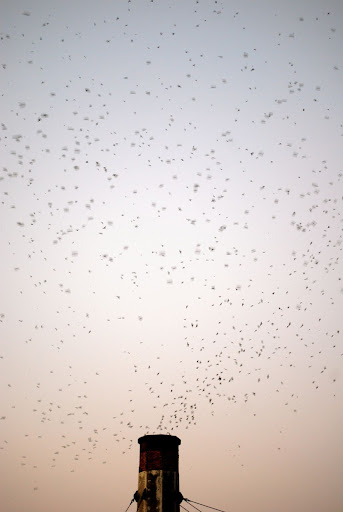
BIOLOGY
- Adult body length: 5 1/2 inches
- Adult body weight: about 1 ounce
- Appearance: Body black and cigar-shaped; short, wide beak
- Egg incubation period: 19 days
- Broods per year: 1
- Brood size: 4 to 5 eggs per clutch
- Birthing Period: Late April through May
- Age at which young leave nest: 14 to 18 days
- Activity seasonality: April through September
- Primary diet: Small flying insects (e.g., bees, flies, flying ants, moths, beetles)
Chimney Swift vs Bat: How to Tell the Difference
Time of Day
To figure out if you’ve got bats or swifts in your chimney, you’ll need to see what time of day the animal is active. Chimney swifts will fly into your chimney at night whereas bats will fly out of it.Do you have winged animals returning to your chimney as the sun sets? Sounds like you've got swifts.
The Sound
Another sign that you're dealing with chimney swifts will be what you hear. When you've got a bird problem in your home or business, you'll hear chirping, flapping wings, rustling, and scratching.
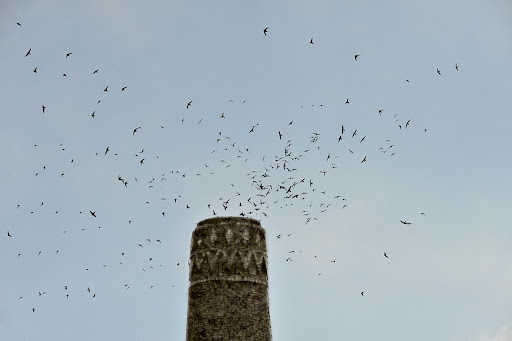
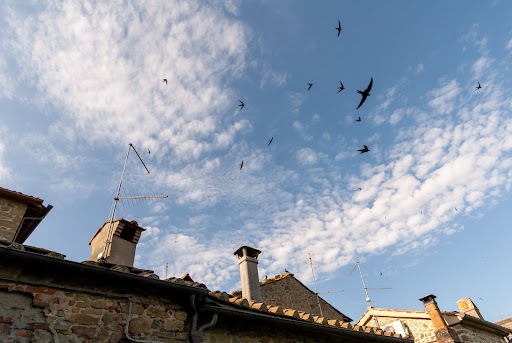
Dangers of a Chimney Swift Infestation
There are several dangers of having swifts in your chimney:
- They clog up your chimney. If you start a fire without knowing there are birds in your chimney, their presence could plug up the area and smoke will come back into your home.
- Swifts can spread airborne diseases. Bird droppings can spread diseases like histoplasmosis.
- There's a chance they'll bring other pets inside. If you’ve got swifts in your chimney, they may bring other pests like fleas, ticks, and mites into your home.
Along with the dangers above, the presence of chimney swifts can simply be annoying—they can cause quite the racket.
How to Get Rid of Swifts in Chimney
Chimney swifts feed on flying insects during flight. This makes it difficult to prevent a population of these birds from returning to a location they favor year after year. However, there are a few thing you can do in attempt to keep your chimney, swift-free:
Chimney Swift Exclusion
After the young have left the nest in the late summer, a Varment Guard technician can install bird-proof chimney caps to prevent these birds from entering and building new nests in the future.
Chimney cap installation and chimney cap replacement can be performed safely and quickly by a Varment Guard technician.
Don’t Disturb the Birds
Chimney swifts are federally protected under the Migratory Bird Treaty Act. While the nests contain eggs and young, the birds cannot be removed or disturbed without a depredation permit issued by the US Fish and Wildlife Service through the state DNR. That’s why it’s best to let a team of professionals deal with your chimney swift problem.

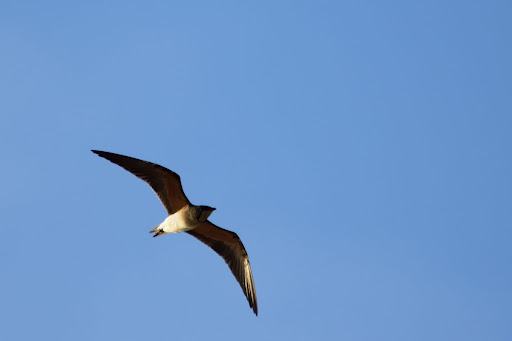
In Need of Chimney Swift Removal? Give Varment Guard a Call.
If you’ve got bats or birds in your chimney, it’s time to get help from the professionals. The Varment Guard team can humanely and safely remove bats and provide chimney swift prevention services.
Get peace of mind and a bird-free chimney by contacting Varment Guard today.
We can rid you of any bird problems safely and efficiently!
Frequently Asked Questions
Are Chimney Swifts Endangered?
Chimney swifts are not endangered. However, their population is threatened, which is why they are protected by the Migratory Bird Treaty Act. If you’ve got swifts in your chimney, you need to get help from a professional wildlife team to remove the nests at the right time and prevent them safely and humanely.
What Does a Chimney Swift Sound Like?
Chimney swifts calls sound like fast, high-pitched notes—each are about 3 seconds long. When they’re flying, these notes happen so quickly that their call often becomes a buzzing twitter.
What Does a Chimney Swift Eat?
Chimney swifts eat while they fly. They eat insects like flies, bees, wasps, moths, and more. This is why a chimney swift infestation can also be a sign that you’ve got other pest infestations in or near your home.
Where Do Chimney Swifts Live?
Along with chimneys, swifts will build their nests in spaces like air vents, hollow trees, caves, and other vertical surfaces.
When Do Chimney Swifts Leave Their Nests?
Young chimney swifts leave the nest after approximately 14 to 18 days. Once they adventure out, they only return to the nest at night for rest. Once the young birds leave, a professional wildlife team, like Varment Guard, can remove the nest without harming the animal.
How Can I Prevent Chimney Swifts?
There are several ways you can prevent swifts from entering your chimney, including bird spikes, chimney caps, keeping your chimney clean, and getting help from a professional pest control team. Learn more about how to prevent chimney swifts!






